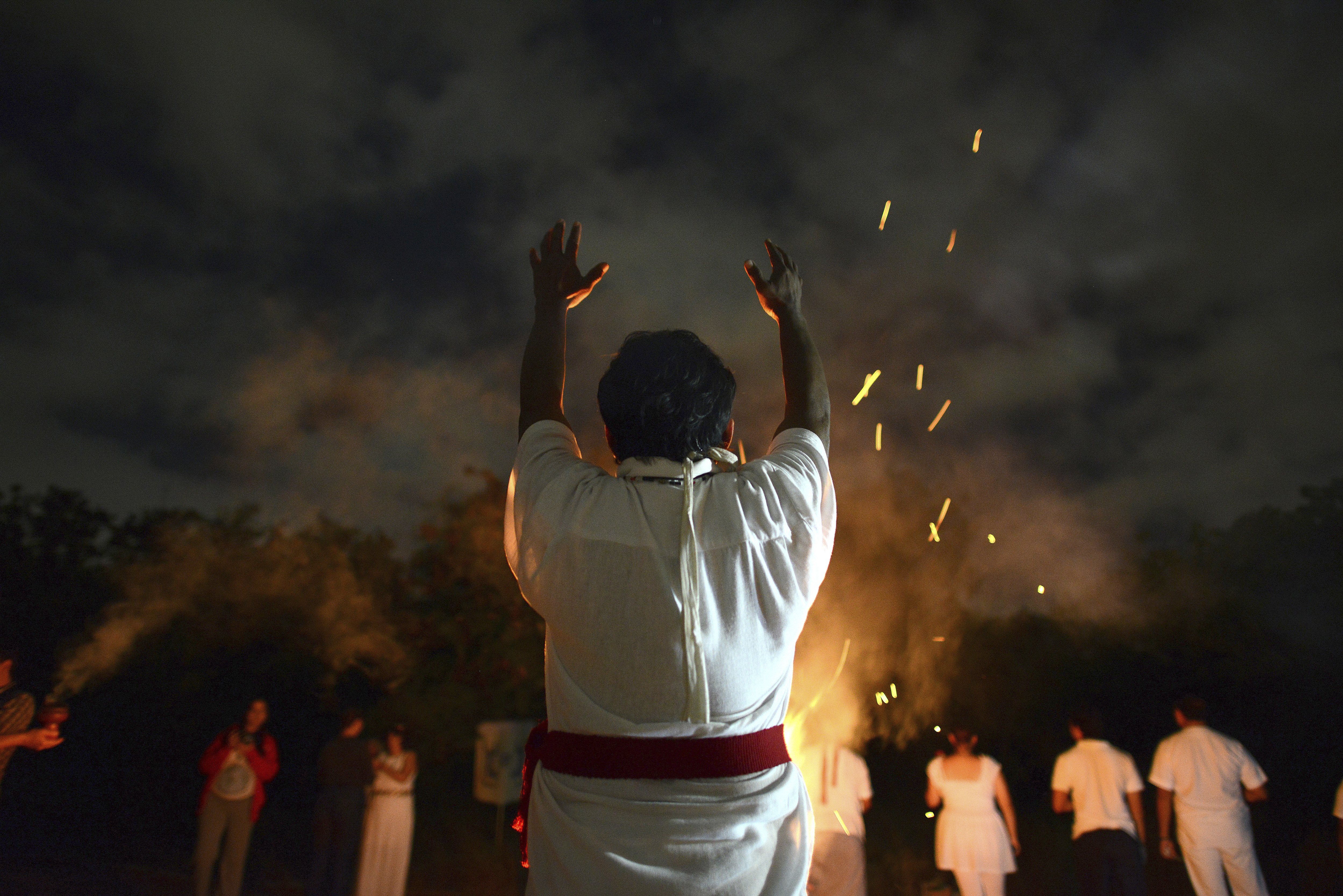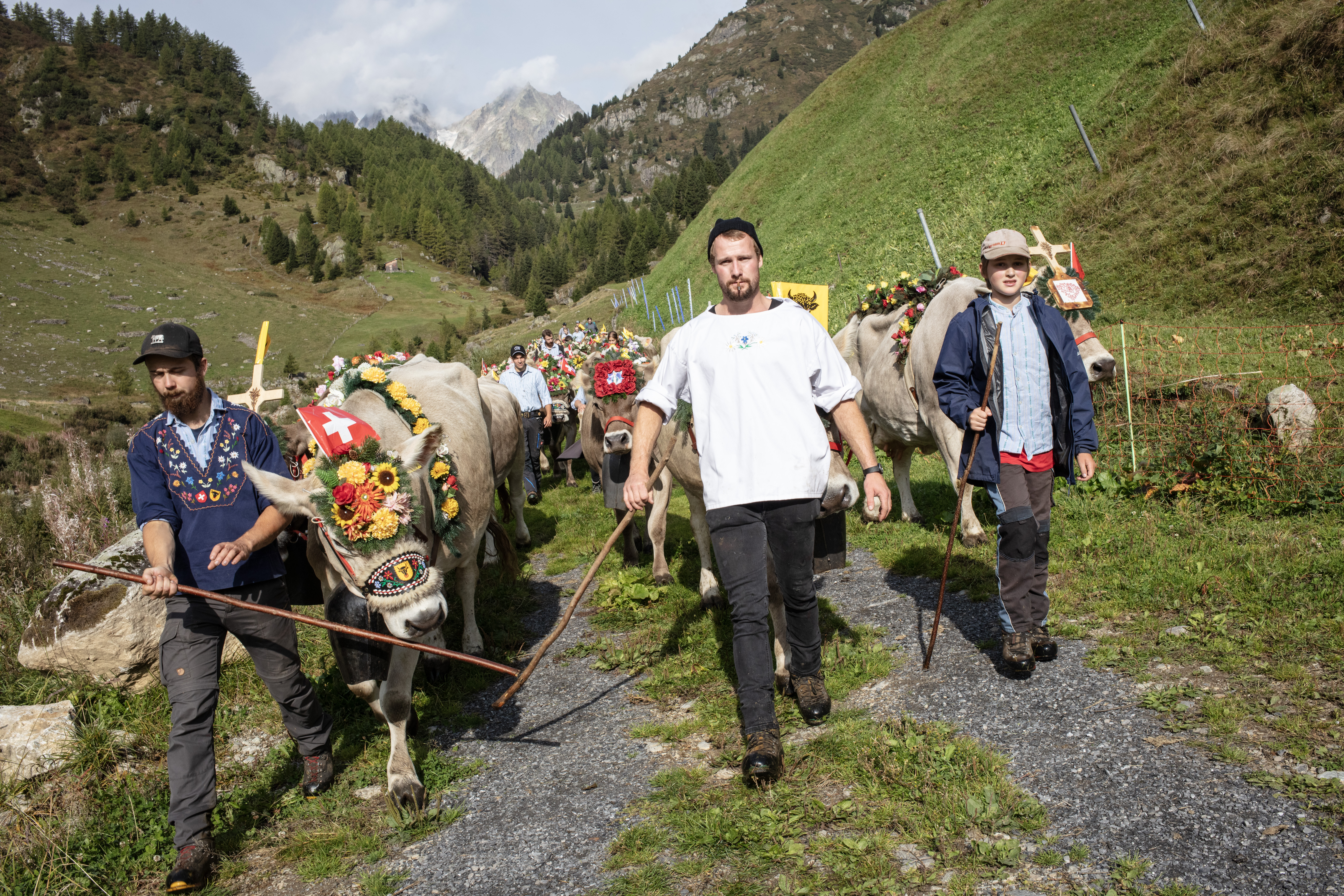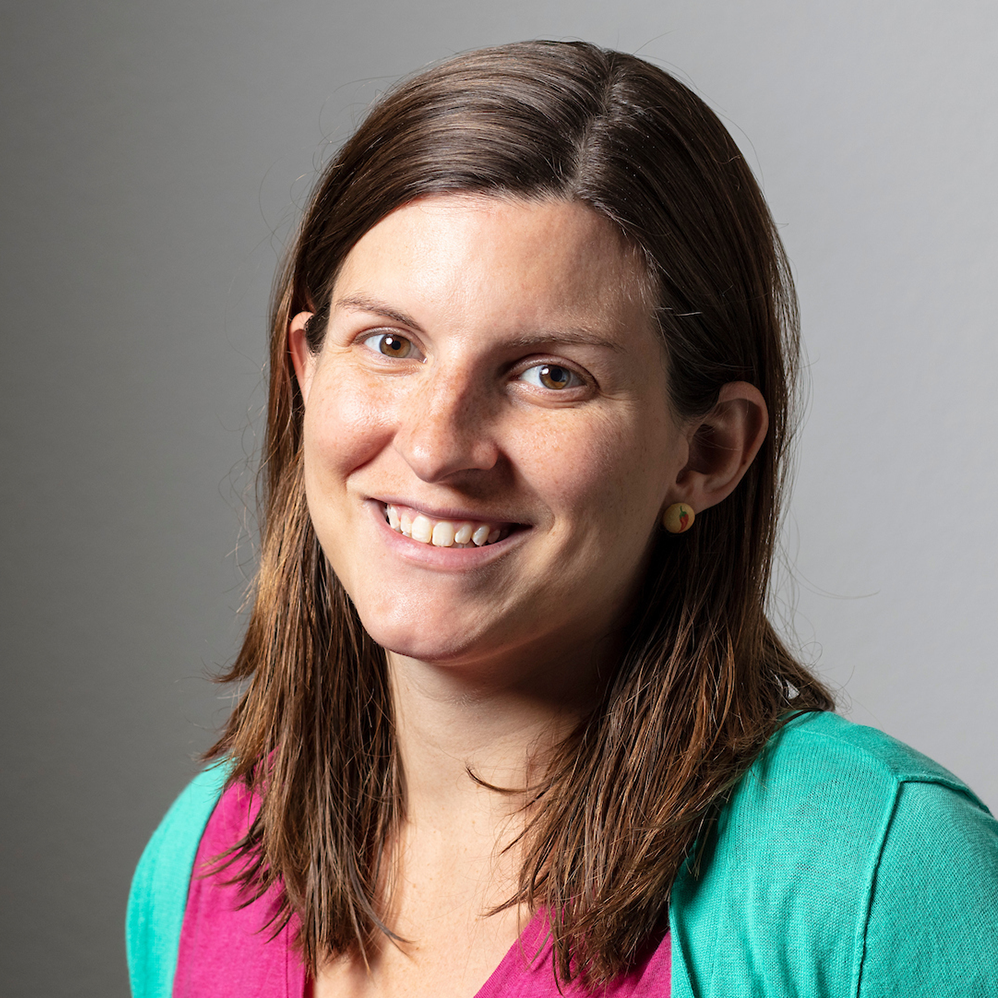
Research team busy uncovering Mayan mysteries

Highly accurate research with Swiss ties is shedding new light on drastic changes in ancient Mayan civilisation. And, the world’s end is not nigh, say researchers – our calendar is not even correctly aligned with the Mayans’.
Several years ago, Sebastian Breitenbach, a post-doctoral researcher at the Swiss Federal Institute of Technology in Zurich, was given a stalagmite from a cave in the central American country of Belize – an area that was part of the ancient Mayan empire – and asked to analyse it.
As a paleoclimatologist, he knew what to look for – stable isotopes that could signal rainfall and other environmental changes across thousands of years.
Together with an international team, Breitenbach analysed the stalagmite and was surprised by the accuracy of what he found.
“The accuracy is about five to ten times better than what’s currently available from this region, in Belize,” Breitenbach told swissinfo.ch. “In the Yucatan, we have quite a few stalagmite records already, but whatever is there, even unpublished climate data that we know about, has much, much larger errors.”
From drought to downfall?
Those highly accurate results showed, as published in an article by Breitenbach and his research partners last month, that the area where the Mayans flourished several thousand years ago suddenly experienced periods of extreme drought and climate change. Could that have contributed to the Mayans’ abandonment of their cities around that time period?
“The collapse of human civilisation can never be attributed to a single factor,” Mayan expert Eric Velásquez of the National Autonomous University of Mexico told swissinfo.ch. “Archaeologists have been able to determine that in some cases, deforestation and environmental devastation accelerated the crisis of some cities. But in others, it was rather the existence of intense wars and violence that played a role.”
For example, Velasquez says it was fighting among rival groups, not drought, that took down the Mayan city of Mayapan on the Yucatan peninsula in the middle of the 15th century.
Nevertheless, Breitenbach’s analysis of the stalagmite showed that the only time when it hardly grew at all – indicating a prolonged period of drought – was during the time when the classical Mayan culture is said to have collapsed. The dryness trend that was recorded between 660 and 1000 AD was followed by a period of severe drought between 1020 and 1100 AD. Those droughts are believed to have launched a period of armed conflict and unrest that eventually led to the final downfall of the ancient Mayan empire by around the year 1300 AD.

More
The end of end-of-world prophecy is nigh
Getting more proof
Breitenbach admits there will be skeptics and those who question the research outcomes, but he says the very high accuracy of the findings – to within 17 years of precision – and more, ongoing projects from the same research group stand to put up a very solid argument for significant drought affecting the Mayan empire.
For example, some of Breitenbach’s colleagues are currently working on a project in the same region, looking at the isotopes in tree rings to find signs of drought. He says that so far, their equally accurate results seem to confirm what he and his team found in the stalagmite.
“Often you have one record and people might believe it or not, but if you have two or more records from the same region that show the same record, you have much higher confidence in your result,” he notes.
The same research team that is dating tree rings is also working on dating lintels, or the wooden pieces between the doors on ancient Mayan structures. Their work could in future reveal when those structures were built and how long they were inhabited.
Mayan expert Alfredo Barrera of the Mexican National Institute of Anthropology and Hisotry says such new, high-tech research techniques hold the key to unlocking the secrets of the Maya and their ways of life.
“With respect to the Maya, in the present, physics can contribute much to the study of the origin of archaeological materials. Today the technology exists to study the composition of the materials that they used to make their tools, for example.”
Breitenbach’s stalagmite research has taken him to extremely remote parts of the world, from Siberia to Tibet.
Currently, in Siberia, he is examining climate records contained in permafrost – the frozen layer that’s essential to infrastructure in high latitudes and conceals large deposits of methane and other greenhouse gases.
Breitenbach’s findings there, which he says are quite dramatic, are due to be released in the coming weeks.
In India, the ETHZ researcher is busy looking at rainfall changes over the centuries from monsoons, which have been increasing in frequency and intensity in recent years and have the potential to affect up to a billion people.
Coordinating calendars
Breitenbach says the lead archaeologist on his stalagmite study, Douglas Kennett, is currently using inscriptions in lintels and other Mayan artifacts for another purpose: better aligning the Mayan calendar with the modern one, since today’s calibration curve has a significant error.
And what about the famed prophecy that the world will end on December 21 of this year, which the Mayan calendar supposedly foretells?
“From our perspectives, it’s just nonsense,” says Breitenbach. “The end of the year is just finishing one big calendar round and then it all starts over again, so it’s not the end of the world. But, of course, the connection between the calendar of the Maya and ours is not as tight as we think it is.”
The modern Maya
Although it is common to refer to the decline of Mayan cities as a “collapse” of their civilisation, researchers point out that their society didn’t disappear – it just changed and dispersed.
“We cannot speak of the extinction of the Maya when there are still more than five million of them speaking their language and preserving their worldview,” says Velasquez. “Mayans have taken their culture to other places and now live outside their territory, often in big cities. They are modern people living in our world, but who inherited ancestral traditions.”
Breitenbach says there are also still descendants of the Maya living in Central America, making it clear they didn’t simply vanish. But, he adds, there are many questions left to be answered about the drastic changes they went through, many of which could come to bear on modern civilisation.
“The Maya are still around there, it’s not like it collapsed and everybody died, that’s the catastrophic view of this which is not so accurate,” says Breitenbach. “However, the details are not known, why people went out of the towns and the big migrations into the forests and smaller villages, that is something that is really, really interesting.”
Climate research doesn’t just come down to measuring how much precipitation has fallen in an area, says Breitenbach. Instead, scientists also have to determine how much of that precipitation evaporates to get an accurate picture, which poses more of a challenge.
Analysing and understanding rainfall patterns is easier in countries like Switzerland which have lots of meteorological data going back a relatively long time. But in other parts of the world, there’s little to go off of when comparing current rainfall measurements to the past.
“The problem (in Belize) is that the meteorological records are too short, often only going back to the 1940s or 1960s,” says Breitenbach. “So it’s really hard to establish a tight link and to calibrate our records and say that one small change in the oxygen isotope record is related to several hundred millimeters of rainfall.”

In compliance with the JTI standards
More: SWI swissinfo.ch certified by the Journalism Trust Initiative
































You can find an overview of ongoing debates with our journalists here . Please join us!
If you want to start a conversation about a topic raised in this article or want to report factual errors, email us at english@swissinfo.ch.